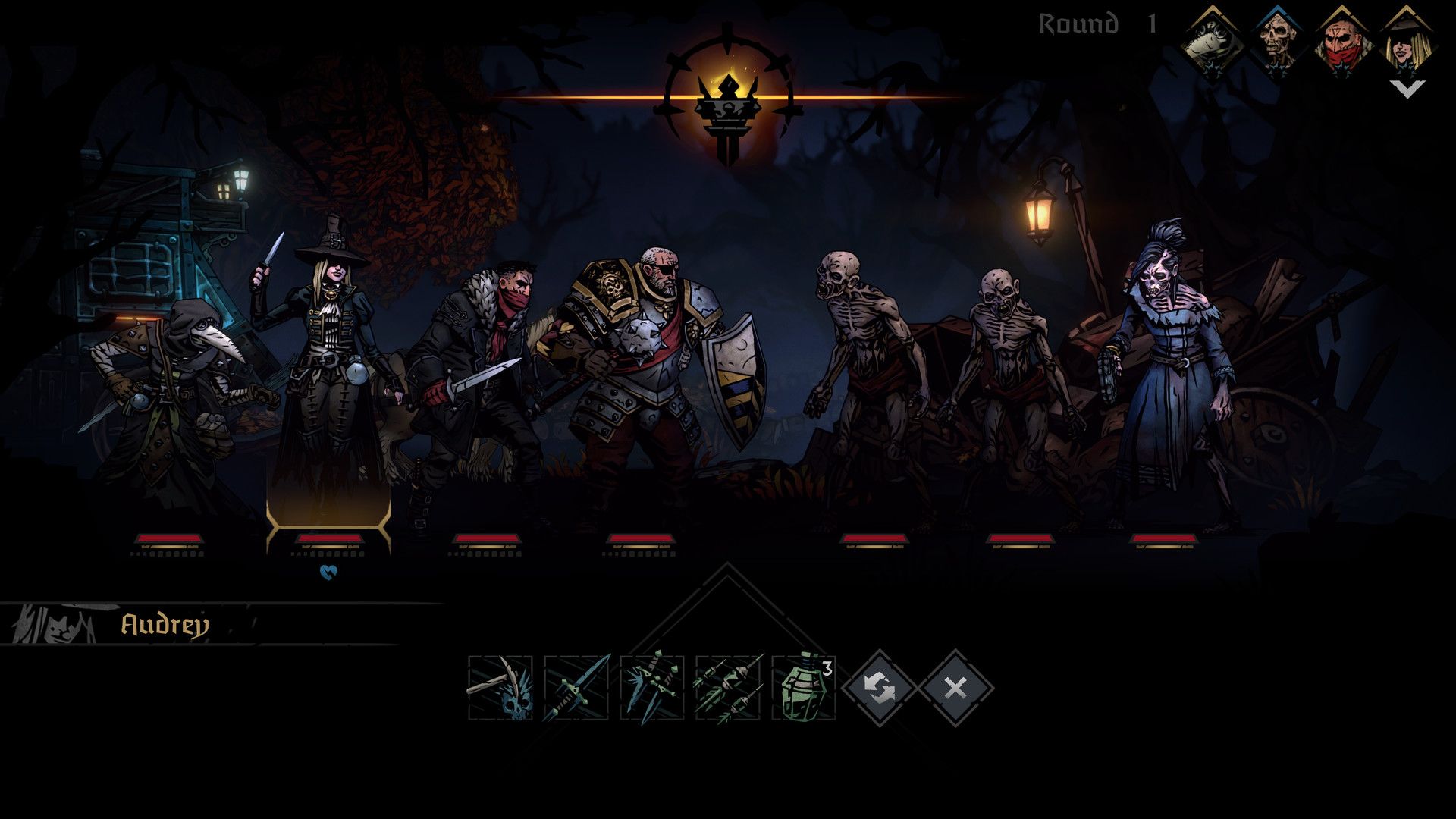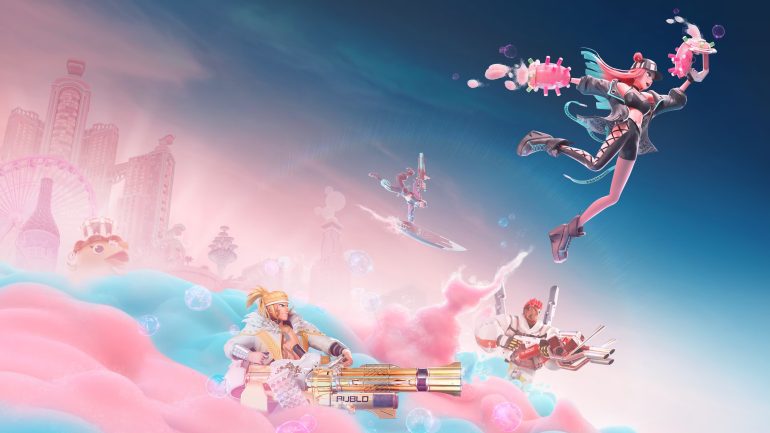Personalizing narrative, increasing immersion, and adding more depth to characters are a few advantages of using AI in game narratives. By allowing players to influence the plot’s development, artificial intelligence tools help create a deeper and more meaningful connection between the player and the game world. They often enrich the game world with interesting backstories and lore.
In many cases, AI is handy in the game industry. It helps develop engaging, personalized experiences based on the players’ previous choices. You can use it to create more diverse and complex characters, storylines, and locations to make the game more engaging and fresh, increasing the replayability and longevity. This way, the players may enjoy the game even after they have completed the main storyline.
It sounds fun, but let’s remember the reverse side of the medal. Creating predictable human-less content is not the best goal for a game developer.
Narrative without human: AI dystopia?
AI can be successfully used to create NPCs or random enemy encounters, such as in Darkest Dungeon 2. But can it be used for developing whole stories in narrative games? It would be a highly doubtable statement.

In 2024, when consumers can easily get different kinds of content, they constantly wait to be surprised. A simply good product is not enough: your game needs to be shockingly good to lure the consumer into your virtual world and make their journey as satisfying as possible so they will get back to you later and bring friends. You will not achieve it by offering them a good copy of what they’ve seen and played a hundred times earlier. You need to break the rules to create something entirely new. And this is what AI is not good enough at so far. Artificial intelligence is good at working with already existing templates. Machines don’t break the rules; only people do.
Also, the human creator is the unique source of human feelings, capable of telling a story that will resonate with the player’s emotions. The nuances of human nature inspire complicated choices that make characters likable and narrative compelling. Good storytelling involves expressing emotions and exposing the viewer or player to complex experiences. AI is only capable of mimicking those experiences, not living through them.
This is why we don’t have examples of successful implementation of AI tools in narrative-focused game development.
However, we do have examples of how companies view the possibility of implementing AI in different spheres of their work. Let’s take a look.
Square Enix’s New Year resolution
In his New Year’s letter, Takashi Kiryu, president of Square Enix, revealed the big plan to “aggressively” use artificial intelligence in 2024. The company plans to start implementing this strategy by using AI to boost productivity in development and assist in marketing.
“I believe that generative AI has the potential not only to reshape what we create, but also to fundamentally change the processes by which we create, including programming.”
Takashi Kiryu, president of Square Enix
Also, with the help of AI tools, they aim to create different kinds of content. For example, they plan to build more immersive AR and VR experiences.
“In the longer term, we hope to leverage those technologies to create new forms of content for consumers, as we believe that technological innovation represents business opportunities.”
Takashi Kiryu
However, Square Enix didn’t promise to use AI to generate content in some particular forms of characters, environments, or anything else. They mentioned more specific things later.
In the beginning of 2024, it became known that the company used AI to create in-game album art in their upcoming online shooter Foamstars. Despite Kiryu’s statement that no more than 0,01 % of the game was AI-generated, the company still faces backlash.
Don’t Nod’s opinion: rejecting AI for a good reason
Don’t Nod studio is known for its narrative-focused titles like Life is Strange, Vampyr, and Tell Me Why. They’ve recently been recognized as one of the least likely companies to implement AI tools in game development.
In one of his interviews, studio executive producer at Don’t Nod Montreal, Luc Baghadoust mentioned that he understood why game industry professionals search for effective ways to improve their workflow.
But we all can admit that Don’t Nod’s rich game narratives cannot be created by AI. The creators’ diverse life experiences are what makes their stories genuinely unique.
“A lot of my creative fuel came from watching a lot of American culture, even if we have a lot of great media in France.”
Don’t Nod’s studio creative director Michel Koch
They admit that, in most processes, humans can’t be replaced with AI tools. Koch explained that a quick sketch made by a person without some impressive drawing skills can still communicate ideas faster than AI tools.
However, they use AI for some tasks during the particular stages of the game development process — for example, the mood board stage of concept design for Lost Records. Generating references with Midjourney is much quicker than searching pics through Google Images.
The raise of AI: controversies and uncertainties
2023 became a milestone in AI usage in the creative sphere: launch of ChatGPT-4, Adobe Firefly, improved realism of images generated in Stable Diffusion, Midjourney, and DALL-E 2, AI tools added by Canva, Getty Images, Shutterstock, etc. Synchronically, it was a year of emotionally tensed back-and-forth on the ethics of AI usage. Several scandals happened in the creative industries. You may remember the Sony World Photography Award scandal that occurred in April. Boris Eldagsen’s image Pseudomnesia: The Electrician, made with the help of AI, won the creative open category. The photographer then explained that he was trying to figure out whether or not the AI image would be able to participate in a photography award and refused to accept the prize. Eldagsen also stated that AI isn’t a threat to human artists because using it in your work is much more than just “putting in three words and clicking “generate” — you should be an experienced and talented artist to use artificial intelligence properly.




Representatives of other creative industries also explored AI potential. In June, Charlie Brooker shared his experience trying to employ ChatGPT for writing a new Black Mirror episode. The AI program failed probation: a silly mix of the previous seasons didn’t impress Brooker, and he returned to working on his own.
“It’s just emulating something. It’s Hoovered up every description of every Black Mirror episode, presumably from Wikipedia and other things that people have written, and it’s just sort of vomiting that back at me. It’s pretending to be something it isn’t capable of being.”
Charlie Brooker, the creator of Black Mirror
This case shows how the attempts to delegate too many creative responsibilities to AI may lead to disappointment. But instead of giving up, the creators keep searching for new ways of using artificial intelligence in their work.
Testing the AI waters
AI usage in creative industries remains a gray zone, a realm of uncertainty regarding what’s acceptable and what’s not, what’s right and what’s wrong, and what kind of consequences may wait around the corner.
Remember months-long Hollywood strikes, which finished in November with a historic AI deal. Actors achieved protection, though only some are optimistic. There are essential loopholes in the agreement. For example, allowing the creation of digital replicas may mean decreasing the number of job opportunities. There is still considerable uncertainty about how AI will influence human professionals. As you can see, the situation remains unclear.
The game industry is also no stranger to AI-related unclarity.
In August 2023, the official Dungeons & Dragons sourcebook Bigby Presents: Glory of the Giants faced much backlash because it contained some AI-generated art.
Later, Wizards of the Coast was again caught on using AI in art, despite their desperate attempts to prove the opposite. In December 2023, WotC promised not to use AI in Magic: The Gathering. But a few weeks later, they launched a campaign using visual effects, created presumably with the help of artificial intelligence. Wizards then tried to explain themselves, but in a weird form of mixed messages, making it hard to understand what the company actually stands for. Recently, they finally recognized that they used generative AI elements while working on the promotional image. Later, Wizards of the Coast stated that they would always choose human artists over AI, but the trust has already been lost.




A tablet-producing company, Wacom, was also recently caught red-handed using AI-generated art in their promotional materials, which goes entirely against the vision and principles of the company. Their customers are not big fans of AI in art and are known for choosing traditional art approaches.
AI is a huge trigger for many creative industry representatives. Imagine the frustration and betrayal the artists feel when getting to know that the company they love and trust used AI instead of hiring artists. But the thing is, these controversies don’t necessarily influence sales.
Despite all the controversies and scandals that happened earlier, putting AI-using companies in a bad light, artificial intelligence is still far from being banned by many respectable actors. The example with Square Enix proves it. After numerous examples of AI-users facing backlash, a big company still decides to play with fire — maybe because they understand that the risk of getting seriously burned isn’t that high. Even if a part of the community gets offended, they will not lose too much.
The companies seem to still be dipping their toes in the water of AI, trying to figure out how far they can go and whether or not the risks are worth the result.
You will face backlash and bad publicity when you announce that you are using AI for your new game. Though, as we all know, in terms of sales, bad publicity often becomes a synonym of a good one. The more they speculate about you, the better.
That’s why they still choose implementing AI tools in game development. And it goes well when these tools are not used to replace human creativity. ChatGPT will not write the whole story for a narrative-driven game, but it may be helpful for particular small tasks. AI has been used for creating personalized experiences, smart NPCs and scary enemies for quite a long time. The situation we’re experiencing nowadays is mainly about discovering how much more we can delegate to AI. The industry players keep testing the water, breaking the boundaries and setting new ones.
Author: Vira Duzhak

